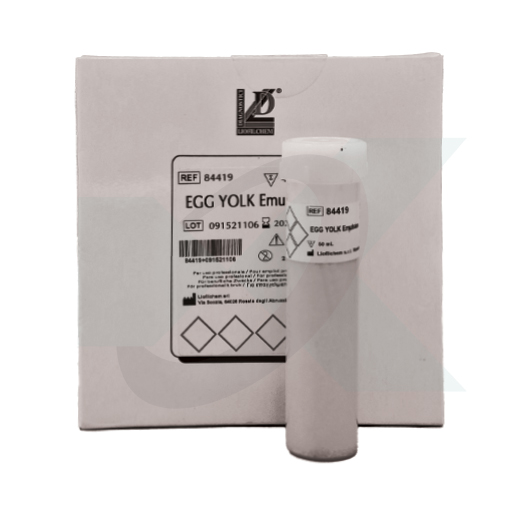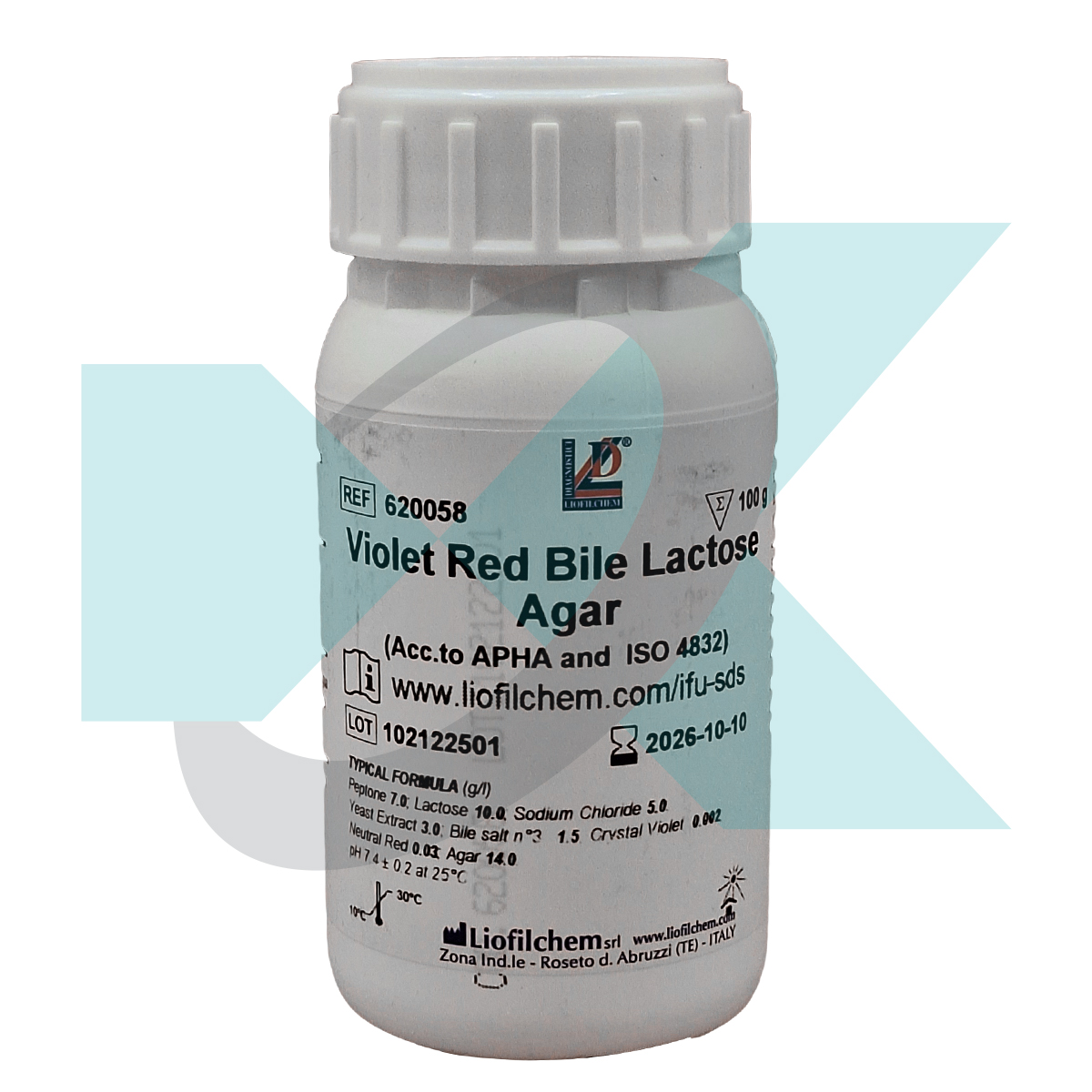Introduction
The detection of bile-tolerant Gram-negative bacteria, particularly Enterobacteriaceae, is critical in ensuring the microbiological safety of food, water, and other materials of sanitary importance. EE Broth-Mossel, a selective medium, plays a vital role in this process. This article provides an overview of EE Broth-Mossel, including its composition, preparation, application, and significance in microbiological analysis.
Product Description
EE Broth-Mossel is a selective liquid medium specifically designed for cultivating and enriching Enterobacteriaceae from various samples, in accordance with standards set by the United States Pharmacopoeia (USP), European Pharmacopoeia (EP), and Japanese Pharmacopoeia (JP). The medium contains pancreatic digest of gelatin, glucose monohydrate, dehydrated ox bile, potassium dihydrogen phosphate, disodium hydrogen phosphate anhydrous, and brilliant green, with a final pH of 7.2 ± 0.2 at 25°C. It is formulated to selectively promote the growth of bile-tolerant Gram-negative bacteria while inhibiting Gram-positive cocci, making it an essential tool in microbiological examinations of nonsterile products.
Composition and Principle
EE Broth-Mossel’s formula includes pancreatic digest of gelatin (10.0 g/l), glucose monohydrate (5.0 g/l), dehydrated ox bile (20.0 g/l), potassium dihydrogen phosphate (2.0 g/l), disodium hydrogen phosphate anhydrous (6.4 g/l), and brilliant green (0.015 g/l). The pancreatic digest of gelatin provides amino acids, nitrogen, carbon, vitamins, and minerals for organism growth. Glucose serves as the fermentable carbohydrate. Ox bile and brilliant green are effective selective agents against Gram-positive cocci, and the phosphates act as buffers.
Preparation and Application
The preparation of EE Broth-Mossel involves suspending 43.4 g of the powder in 1 liter of distilled or deionized water, heating to a boil while shaking frequently until completely dissolved. It is essential not to autoclave the medium. For microbiological testing, the sample is prepared in a 1 in 10 dilution using Tryptic Soy Broth as a diluent and then incubated to resuscitate bacteria. The pre-enrichment broth is transferred to EE Broth-Mossel for further incubation and analysis.
Test Procedure and Interpretation
After incubation, the presence of turbidity in EE Broth-Mossel indicates microbial growth, and acid production causes a color change to yellow. Subculturing on Violet Red Bile Glucose Agar followed by incubation helps in confirming the presence of bile-tolerant Gram-negative bacteria. The Most Probable Number (MPN) technique is used for quantitative analysis.
Storage, Shelf Life, and Quality Control
The dehydrated medium should be stored at 10-30°C in a dry environment and has a shelf life of 4 years. Once prepared, the medium should be stored at 10-25°C, away from light. Quality control tests are performed using strains like Escherichia coli and Pseudomonas aeruginosa to ensure the medium’s productivity and selectivity.
Conclusion
EE Broth-Mossel is an effective medium for the detection of Enterobacteriaceae in various samples. Its selective formulation and compatibility with international pharmacopoeia standards make it a vital tool in microbiological testing, especially in ensuring the safety and quality of nonsterile products.

















نقد و بررسیها
هنوز بررسیای ثبت نشده است.